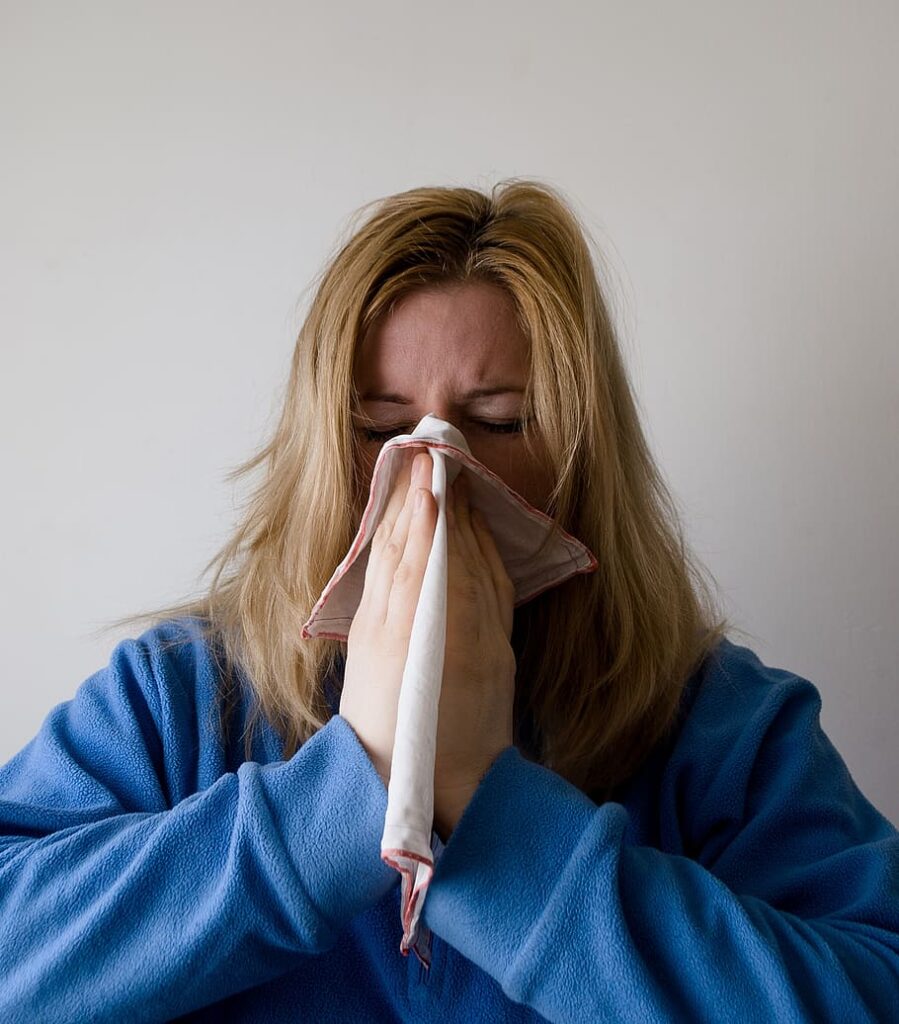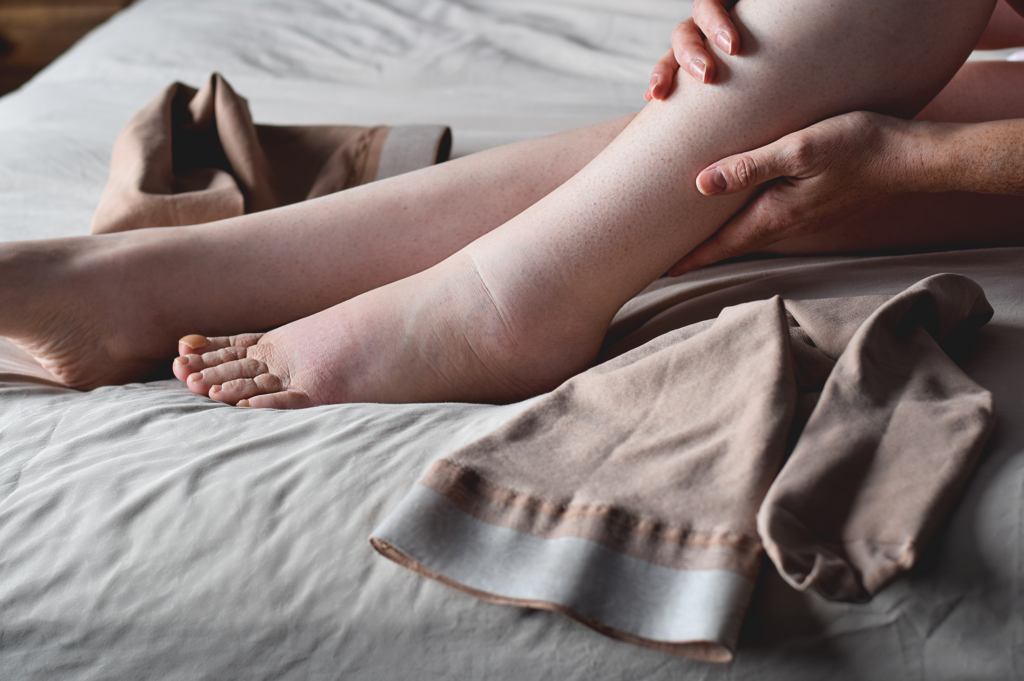
Cancer Recovery & Physical Therapy – What to Expect

Do you, or someone you know, have a cancer diagnosis?
If so, do you experience side effects? Believe it or not, physical therapy can help reduce or eliminate those side effects. Once a cancer diagnosis is made, the focus becomes on the present: the course of action, the life changes that need to be made, and the timeline of events. What usually doesn’t get talked, or thought about is how that patient will return back to their prior level of function. What side effects will they have? Will they be able to go back to work or their hobbies? This is where physical therapy comes in. Cancer Physical Therapy, whether during their treatment or after, addresses side effects and obstacles that may occur. The role of the physical therapist is to evaluate a patient’s muscle strength, mobility, and joint range of motion (ROM) to find areas of deficits. Treatment interventions may include therapeutic exercises to maintain or increase ROM, endurance activities, and mobility training (eg, transfers, gait, stair climbing). Treatment may also include manual therapy, aquatic therapy, and lymphedema therapy to treat more specific deficits.
Phases of Cancer Physical Therapy:
There are four categories of cancer physical therapy: preventative interventions, restorative interventions, supportive interventions, and palliative interventions. Preventative interventions lessen the effect of expected disabilities and emphasize patient education. Preventive measures also include approaches to improving the patient’s physical functioning and general health status. Restorative interventions are procedures that attempt to return patients to previous levels of physical, psychological, social, and vocational functioning. Postoperative ROM exercises for patients undergoing mastectomy and reconstructive surgery for head and neck cancer represent this category of interventions. Supportive rehabilitation is designed to teach patients to accommodate their disabilities and to minimize debilitating changes from ongoing disease. Palliative interventions and goals focus on minimizing or eliminating complications and providing comfort and support. Palliative goals include pain control, prevention of contractures and pressure sores, and prevention of unnecessary deterioration from inactivity.
During cancer treatments, patients tend to develop the following side effects:
- Fatigue
- Muscle weakness
- Pain
- Peripheral neuropathy
- Reduced rib cage motion
- Decreased immune system
- Urinary/Fecal complications
- Endurance deficits
- Balance deficits
- Joint stiffness
- Scar restrictions
Chemotherapy Induced Cognitive Impairment (chemo-brain)
Signs that you may need rehabilitation services:
- Feeling weaker now than when you were initially diagnosed.
- Having difficulty talking or swallowing.
- Experiencing pain that is not caused by cancer.
- Feeling more tired than you were before you were diagnosed.
- Having muscular or orthopedic problems.
- Having difficulty recovering from treatment and doing the things you used to do.
- Uncertain about how much to exercise or how to best exercise.
- Struggling with memory problems or difficulty concentrating.
Although each session is individualized to the patient, a typical treatment session will include aerobic conditioning, strengthening exercises, functional activities, stretching/ROM exercises, and modalities to improve quality of life. Once deemed safe, a home exercise program will be given to each patient to allow for carryover between sessions.
Consultations and Multi-disciplinary Approach:
Even with the most positive outlook, every cancer diagnosis is both emotionally and physically troublesome. Having a multidisciplinary approach with the addition of cancer physical therapy to your treatment plan can make a world of difference in your quality of life following your diagnosis.
If you or a loved one suffers from cancer and it’s related side effects, set up a FREE 30- minute consultation with one of our licensed Physical Therapists to find out how therapy can help!
Written by Cassie Wooters, PT, DPT, CLT-ALM- Physical Therapist at our Easton office and Certified Lymphedema Therapist.








